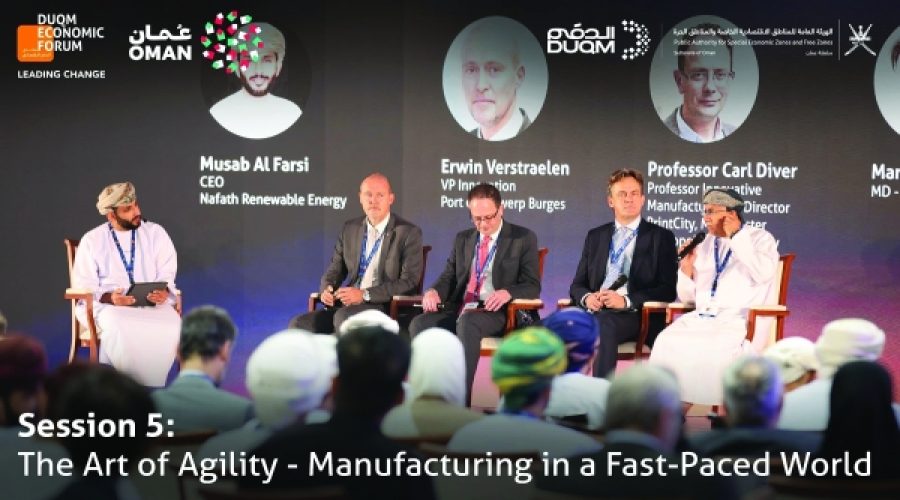Oman’s New 2+2+1 Five-Year Plan Model: What Investors and Entrepreneurs Need to Know for Strategic Growth
MUSCAT: Oman is restructuring its traditional Five-Year Plans into a new 2+2+1-year format starting with the upcoming 11th Plan, covering the period from 2026 to 2030. A senior official from the Ministry of Economy explained that this change aims to distinctly prioritize both economic growth and development.
Dr. Ahmed bin Mohammed al Qasmi, Head of the 11th Five-Year Plan, revealed this new approach during a panel discussion on the importance of agility in planning at the Duqm Economic Forum 2025 last week.
He stated, “The methodology for all future Five-Year Plans has evolved. For the 11th Plan, there will be a government working plan for the first two years (2026 and 2027), another for the subsequent two years (2028 and 2029), followed by an evaluation phase in the final year, 2030.”
The approach aims to integrate two complementary pathways: one focusing on economic development with an emphasis on value addition across various projects, and another addressing broader developmental priorities. Notably, the Al Duqm region will be a primary focus under this model.
Dr. Al Qasmi stressed the necessity for agility in the face of rapid change and emerging challenges, suggesting future Five-Year Plans might incorporate annual planning elements.
He also noted that Oman was the first Gulf country to introduce Five-Year Plans in 1976 as a structured tool for comprehensive sectoral development. “The initial three Plans from 1976 to 1990 concentrated on infrastructure—hospitals, schools, roads—which proved highly effective,” he said. “Following the Covid-19 pandemic, the government rethought the planning process to better respond to new challenges. The 11th Plan embodies this renewed approach.”
Two significant frameworks are shaping this planning evolution: Oman Vision 2040 and the United Nations Sustainable Development Goals (SDGs). Since the 11th Plan ends in 2030, coinciding with the midpoint of Oman Vision 2040 and the SDGs target year, Dr. Al Qasmi emphasized the critical importance of aligning these frameworks and ensuring consistent performance metrics across all three.
The panel discussion also included Musab bin Zuhair al Farsi, CEO of Nafath Renewable Energy (moderator); Erwin Verstraelen, VP of Port of Antwerp Bruges; Prof. Carl Diver from Manchester Metropolitan University; and Marcel van de Kar, MD of Vopak Oman.
Special Analysis by Omanet | Navigate Oman’s Market
Oman’s transition to a flexible 2+2+1-year planning model in its 11th Five-Year Plan signals a move towards greater agility and responsiveness, creating opportunities for businesses to align with evolving economic and developmental priorities, especially in high-focus areas like Al Duqm. Smart investors should closely monitor these phased plans and the integration with Vision 2040 and SDGs to identify strategic sectors ripe for value addition and sustainable growth, while being mindful of the risks associated with shifting policy focuses and evaluation-driven adjustments.



